2020 was designated as the Year of the Cranes at the International Workshop of Crane Conservation in East Asia convened in Beijing in October 2019. The campaign aims to raise awareness of crane conservation and was convened by EAAFP Partner, International Crane Foundation (ICF), and calling for Partners and organizations to join the celebration of the amazing lives of cranes.There are nine species of cranes and do you know them all? ICF China Programme has produced posters to introduce the 9 crane species in our flyway as below:
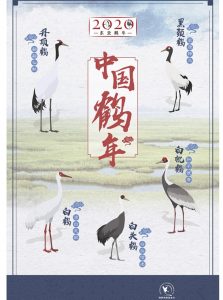 ©International Crane Foundation |
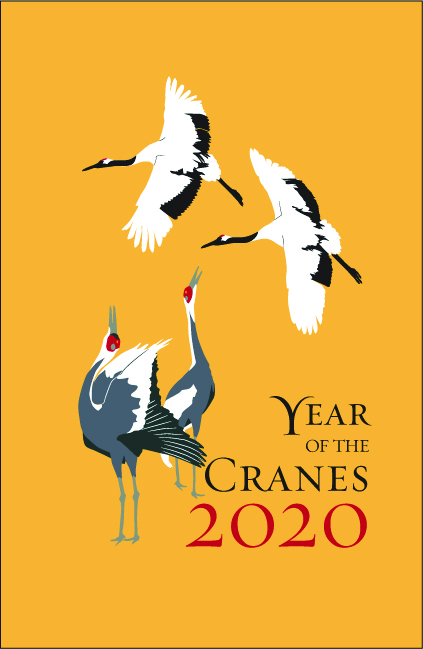 ©International Crane Foundation |
Siberian Crane (Critically Endangered)
White and flawless: the population is about 4,000, 98% of which winter in Poyang Lake in China and breed in the Russian Arctic. The adult Siberian Crane has a white body, with black primary flying feathers, which can only be seen when the bird spreads its wings. Therefore, Siberian Crane is also called White Crane.
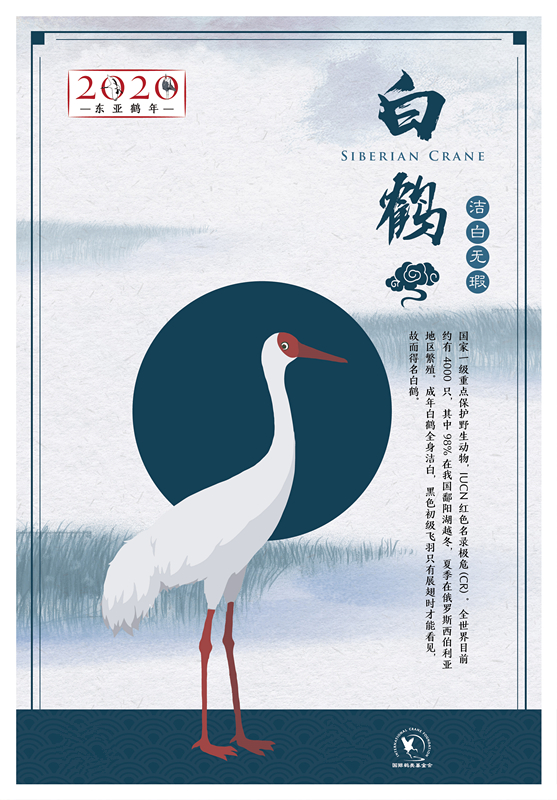
©International Crane Foundation
Red-crowned Crane (Endangered)
Fairy Crane: the global population is about 2800-3300. The adult Red-crowned Crane is tall and elegant with red skin on top of the head. It is the fairy crane in Chinese legend.
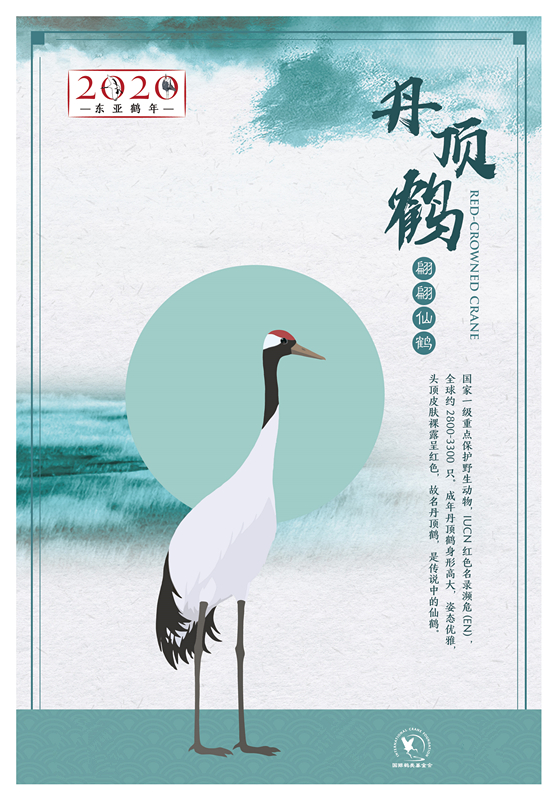
©International Crane Foundation
Black-necked Crane (Vulnerable)
Plateau God Bird: The Black-necked Crane is the only crane in the world that breeds and winters on the Tibetan plateau and is the latest species to be discovered among the 15 cranes. It has a population of 10,000-10,200. In folklore, ancient Tibetan kings would send Black-necked Cranes to deliver letters. Therefore, Black-necked Crane is loved by people for its hard work.
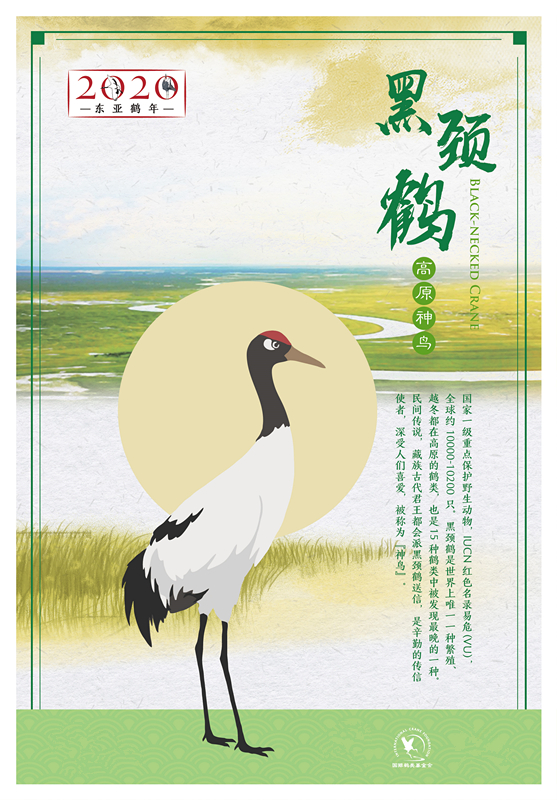
©International Crane Foundation
Hooded Crane (Vulnerable)
Life Together: Hooded Crane has a white head and neck with a gray-brown body, so it looks like a nun wearing a white headscarf. For this reason, it is named Nun Crane. The population is about 14,500-16,000. Once Hooded Crane has a mate the relationship is very stable, which is why it is called Life Together.
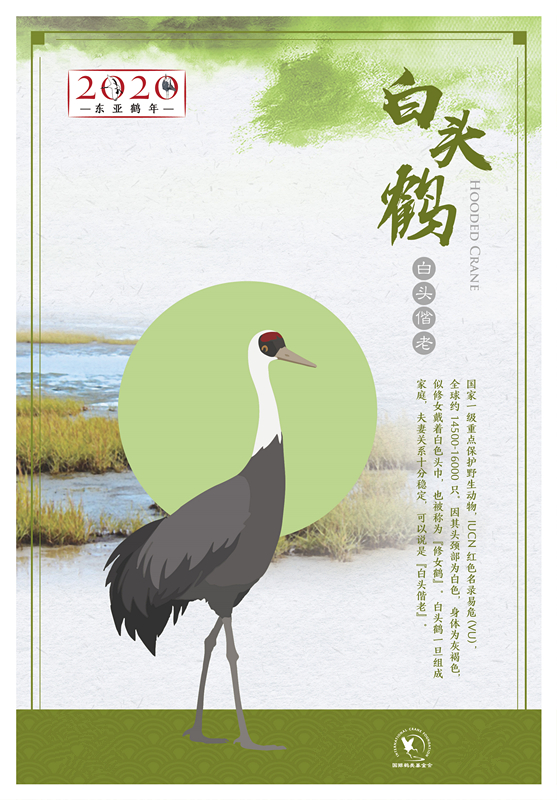
©International Crane Foundation
White-naped Crane (Vulnerable)
Envoy of Peace: The adult White-naped Crane is blue and gray with bare cheeks and red skin, so is also known as the red-faced crane. The population is about 7,000-7,800. It is a symbol of peace for the people of the Korean peninsula.
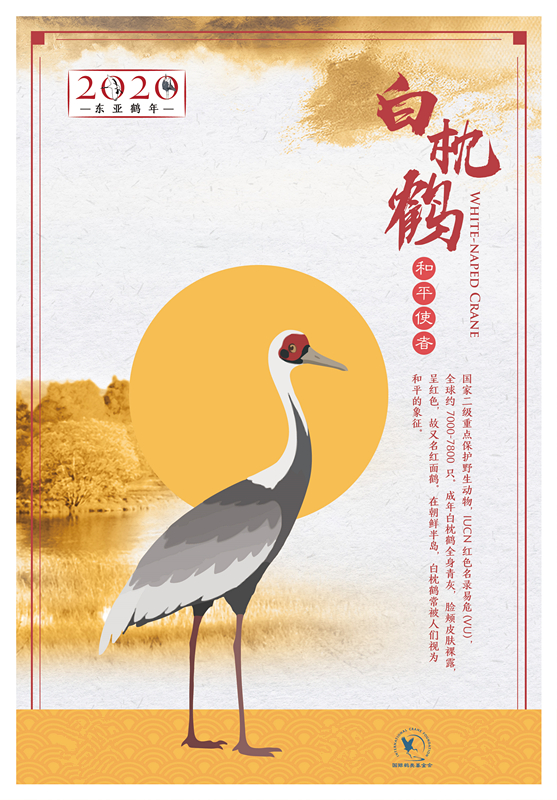
©International Crane Foundation
Sarus Crane (Vulnerable)
Elegant and Slender: The Sarus Crane has a red head and neck. As a resident bird Sarus Crane only makes short distance migrations when the habitat becomes extremely dry. The population is about 15,000-20,000. The Sarus Crane is the tallest flying bird in the world!
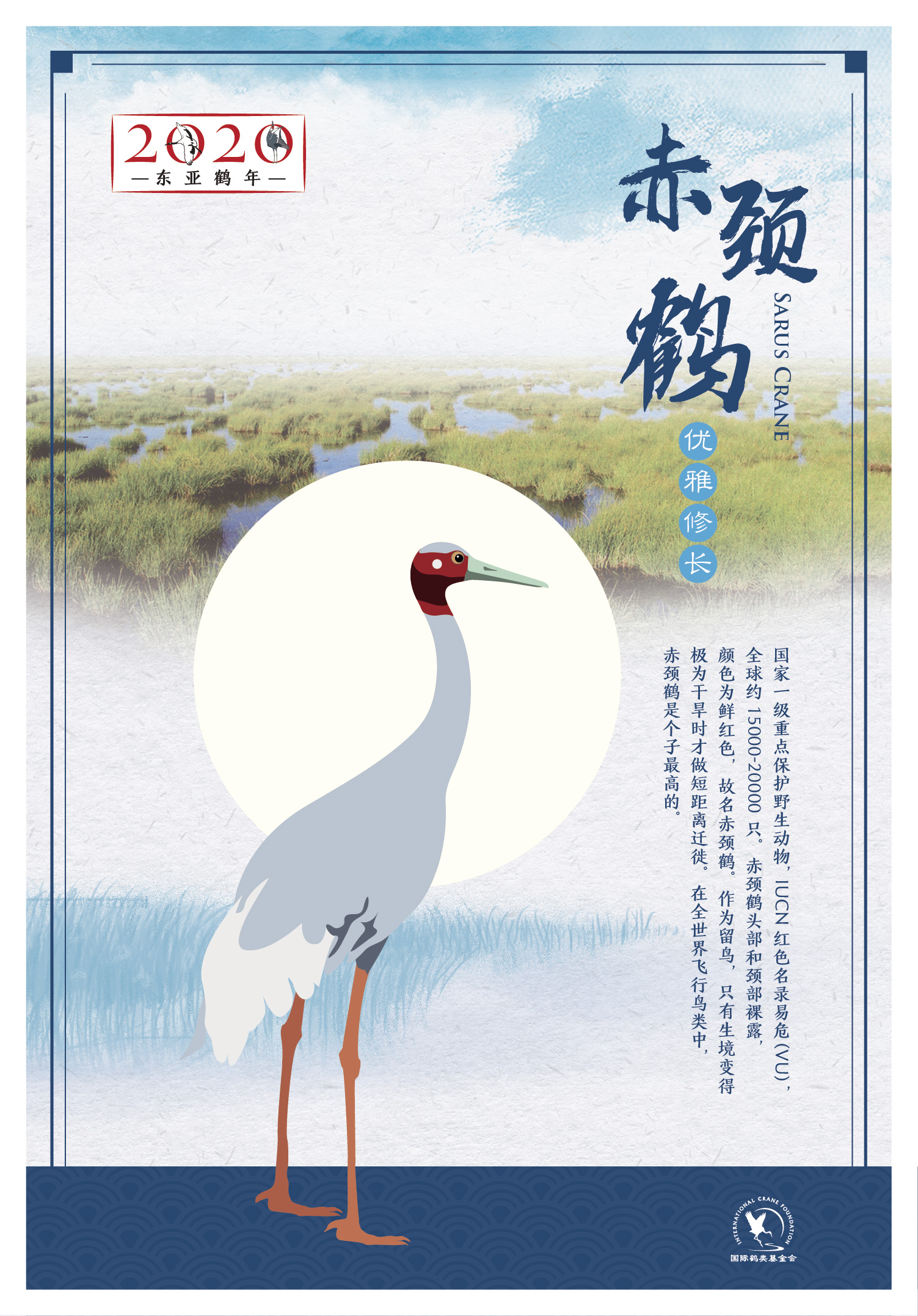
©International Crane Foundation
Eurasian Crane (Least Concern)
Eurasian Crane (Least Concern)—Star-studded: Among the 15 cranes Eurasian Crane has no beautiful features or cultural background but has the best adaptive capacity. It has a population of more than 70,000 individuals and occurs in more than 80 countries. So Eurasian Crane is also named Common Crane.
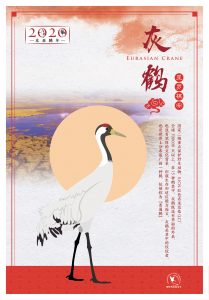
Demoiselle Crane (Least Concern)
Pretty and Charming:Demoiselle Crane is the smallest of the 15 cranes, which is also known as Boudoir Crane. It has long black ornamental feathers on the chest。The top of the head is crested, which is different from other cranes. The population is 170,000-220,000.
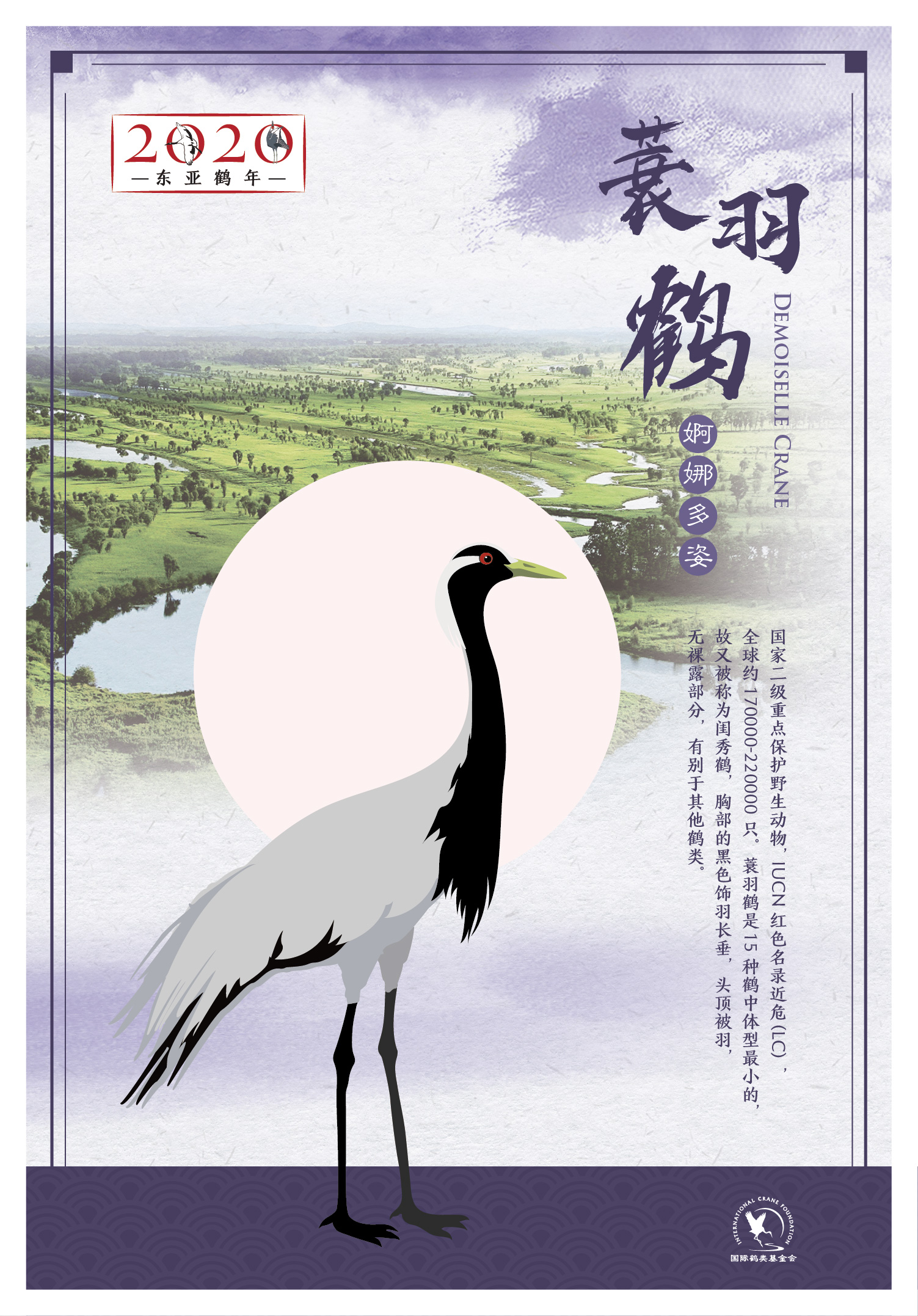
©International Crane Foundation
Sandhill Crane (Least Concern)
Oldest Bird: Except the red front of the head,the Sandhill Crane is covered by grey and brown feathers, so is known as Brown Crane. The population is 827,000. A crane fossil found in Nebraska from the Pliocene period (5.3-2.6 million years ago) appears structurally identical to the modern Sandhill Crane, making it one of the oldest known bird species!
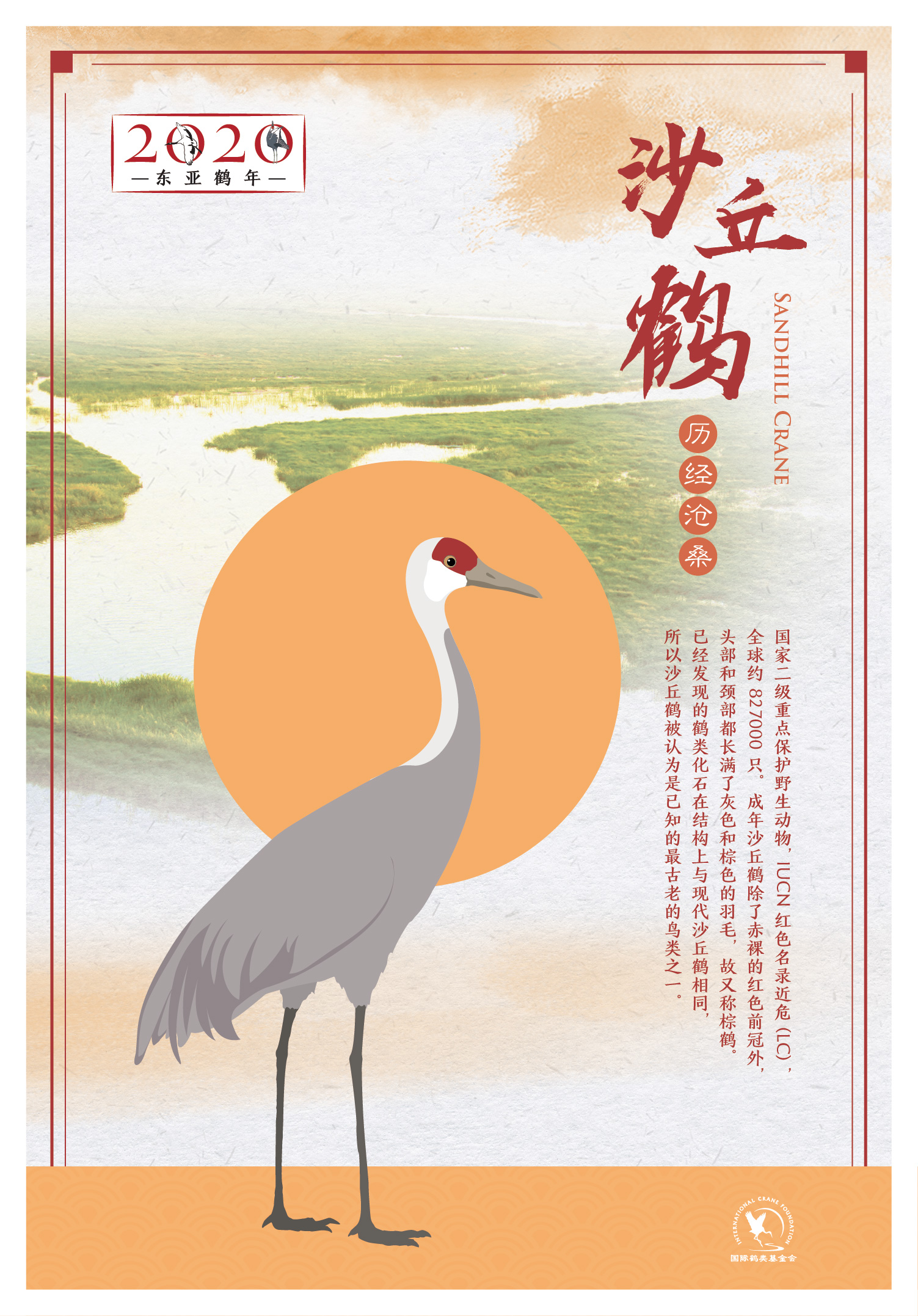
©International Crane Foundation
We have launched a story series to celebrate the Year of the Cranes, you can read about the stories of cranes and people by clicking the links below:
· “Year of the Cranes” story series #1 – First recorded wintering Siberian Cranes in Guangdong, China





